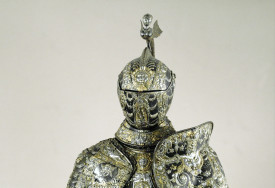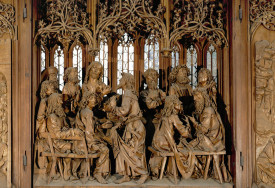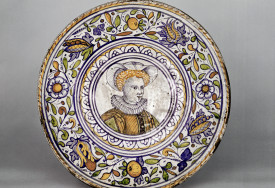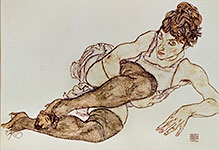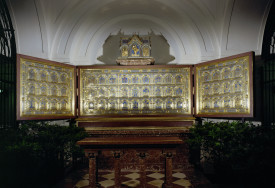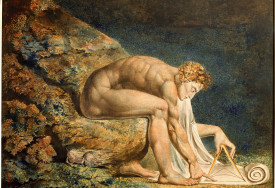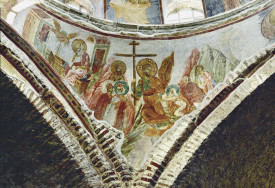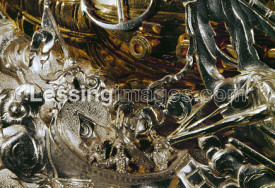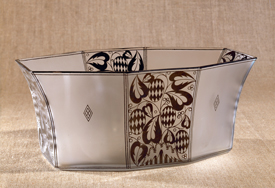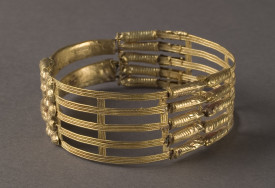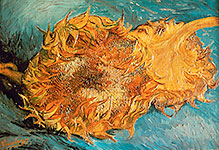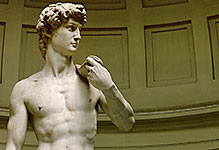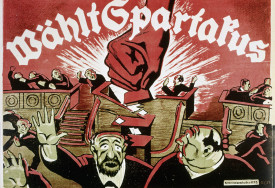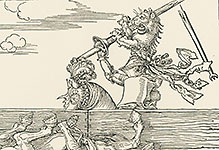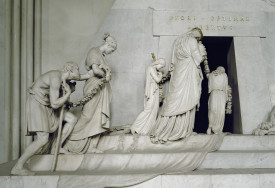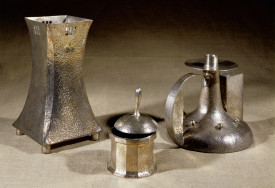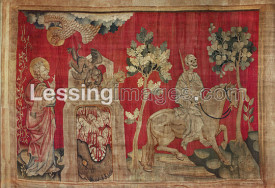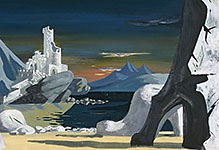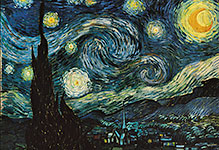
Fine Arts
Painting, Watercolour, Plastic Arts, Woodcuts, Etching, Drawing.

#03050337
Reconstruction of part of the East Pediment of the Temple of Aphaia, Aegina, Gre...

#03050340
The drunken Hercules, House of the Stags, Herculaneum, Italy.

#03050362
Capital carved from alabastre from Volterra. H: 40 cm

#030504 7
Bust of Emperor Commodus (176-192 CE) as Hercules, 191-192. Excavated on the Es...

#030504 9
"Togatus Barberini", a man in a toga, exhibiting his rank and membership in a p...

#03050419
Caesar Lucius Verus as a child. Luna marble, fromthe Cardo Maxima close to the...

#03050420
Lucilla, daughter of Marcus Aurelius. From the tetrastyle temple. Luna marble....

#03050421
Commodus Caesar as a child,2nd CE. Luna marble, from the Via della Fortuna Annu...

#03050422
Apollo, typo Anzio., 2nd-4th CE. Marble.

#03050444
Carved bone hairpin in the shape of a woman, Roman Britain, 1st century. This lo...

#03050462
The Franks Casket, Anglo-Saxon, first half of the 8th century. Box also known as...

#03050539
Allegorical figures of Roman provinces. Marble

